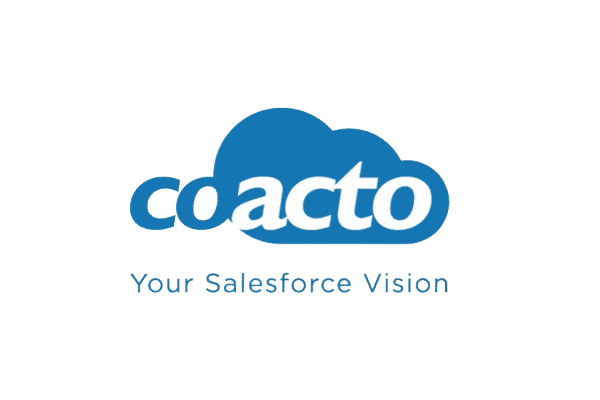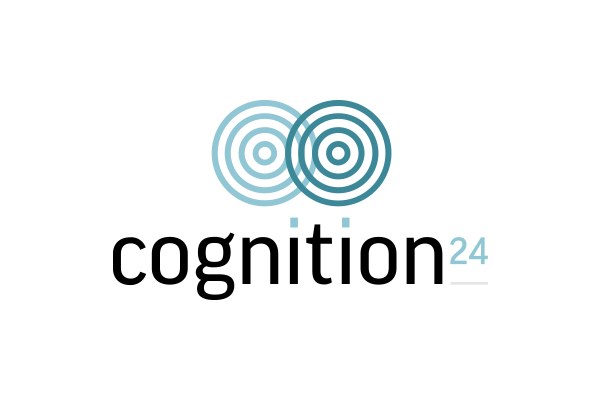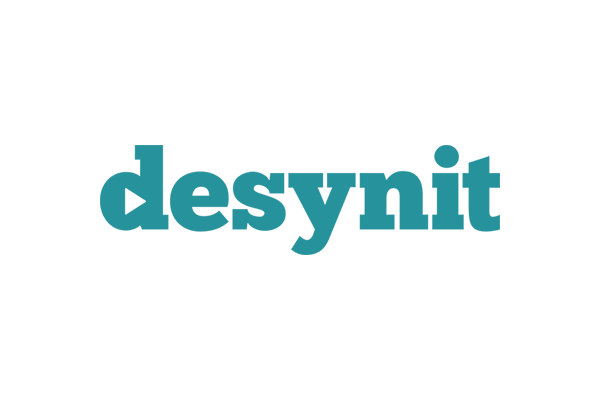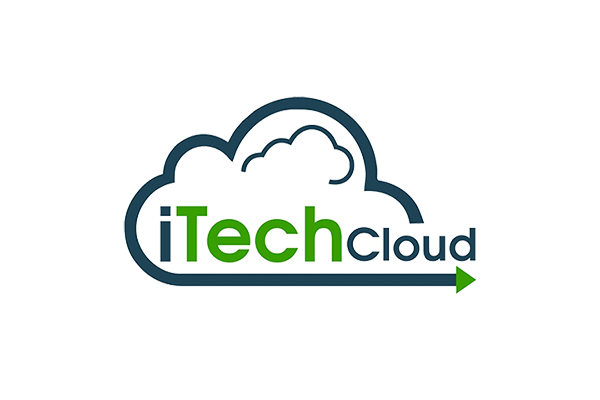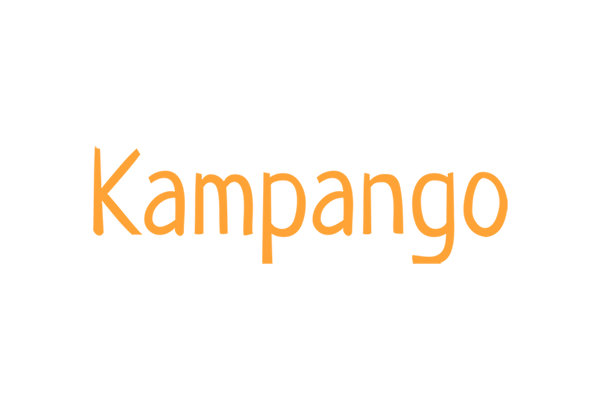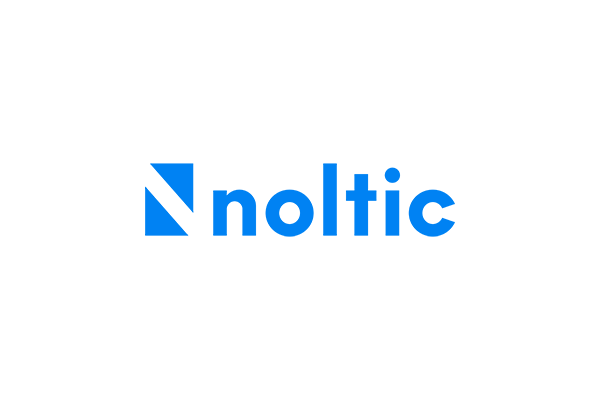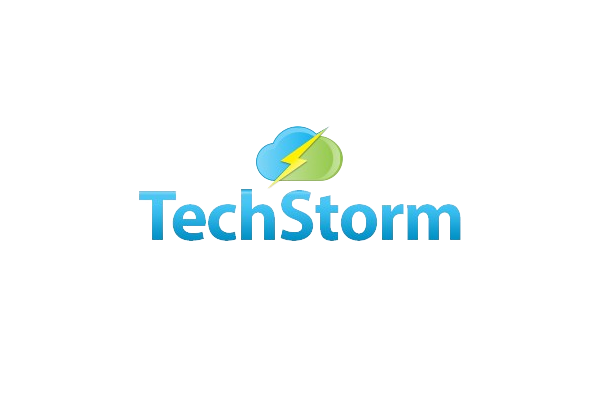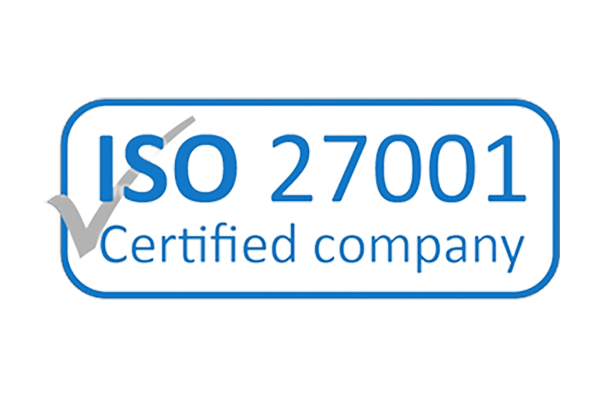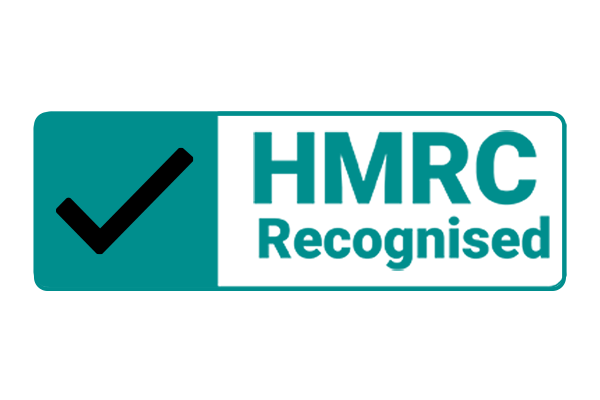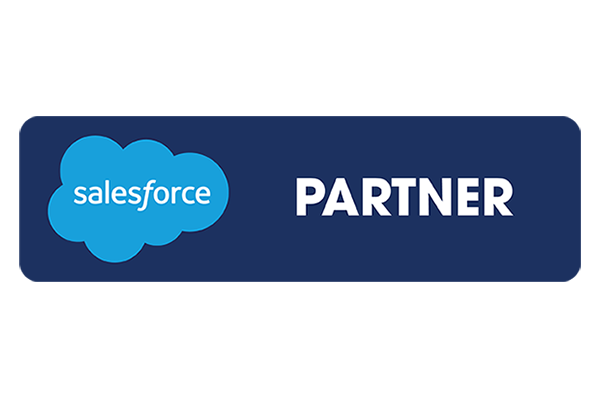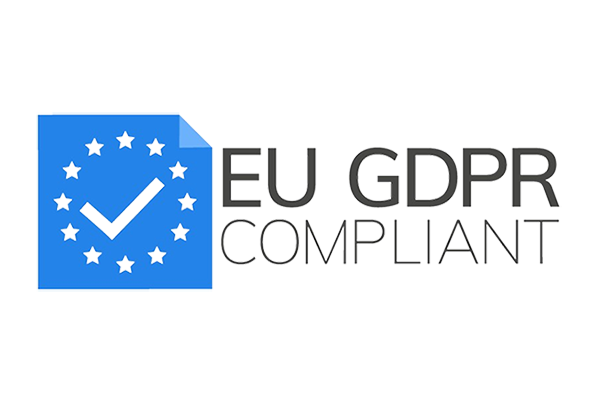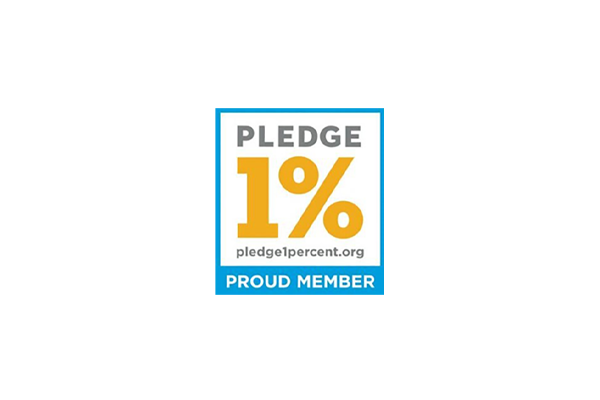What is The Charity SORP and how can Aedon.Charities help?
The Charity SORP (Statement of Recommended Practice) is a critical framework for financial reporting, tailored to the unique needs of the charity sector in the UK and the Republic of Ireland. It sets mandatory guidelines that ensure charities maintain transparency and compliance in their financial statements, while highlighting the objectives and impact of their activities. Yet, the complexity of the SORP can be overwhelming, especially for organisations navigating restricted and unrestricted funds, governance costs, and fund accounting.
Aedon.Charities, a powerful financial software designed specifically for the charity sector, simplifies the complexities of SORP compliance. Offering multi-dimensional accounting capabilities, it allows charities to track funds, activities, and departments with ease, providing both the required SORP reports and the management information essential for running a successful charity.
Aedon.Charities integrates with Salesforce, giving organisations an edge in efficiency and reporting accuracy, so leadership teams can focus on their mission, not just compliance.
Sound exciting?
Designing a Multi-Dimensional Chart of Accounts for the Charity SORP
Download the whitepaper today (instant access)
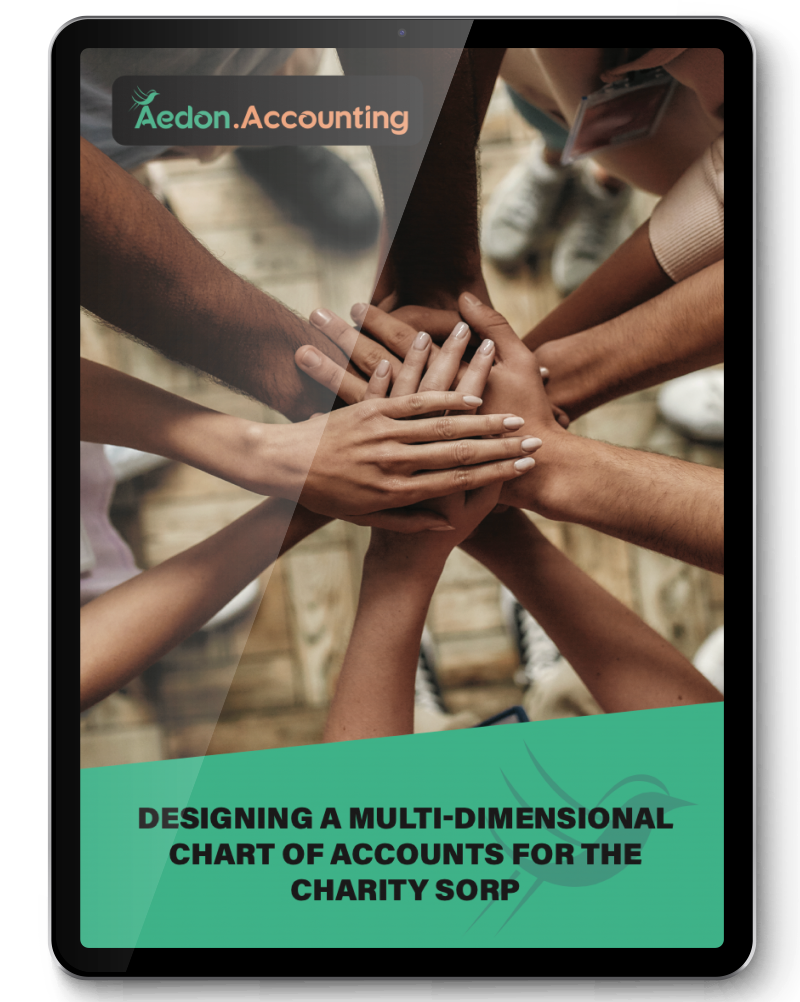
Everything You Need to Know About The Charity SORP
What is The Charity SORP?
Mandatory for UK and Republic of Ireland Charities: The Charity SORP is a set of accounting standards that ensures transparency and consistency in financial reporting.
Focus on Fund Accounting: At its core, the SORP aims to show how charities achieve their objectives, fund their activities, and comply with financial regulations.
Financial Reporting Framework: It mandates that charities disclose their income, expenditure, and how these relate to their core objectives through specific reports like the Statement of Financial Activities (SoFA), Balance Sheet, and Cash Flow Statement.
Different Requirements for Small and Large Charities: Charities with income over £500,000 must provide detailed activity-based reporting, while smaller charities can follow a simplified process.
Compliance Complexity: Understanding and applying the SORP can be challenging due to its intricate reporting requirements, making financial software a valuable tool for compliance and management reporting.
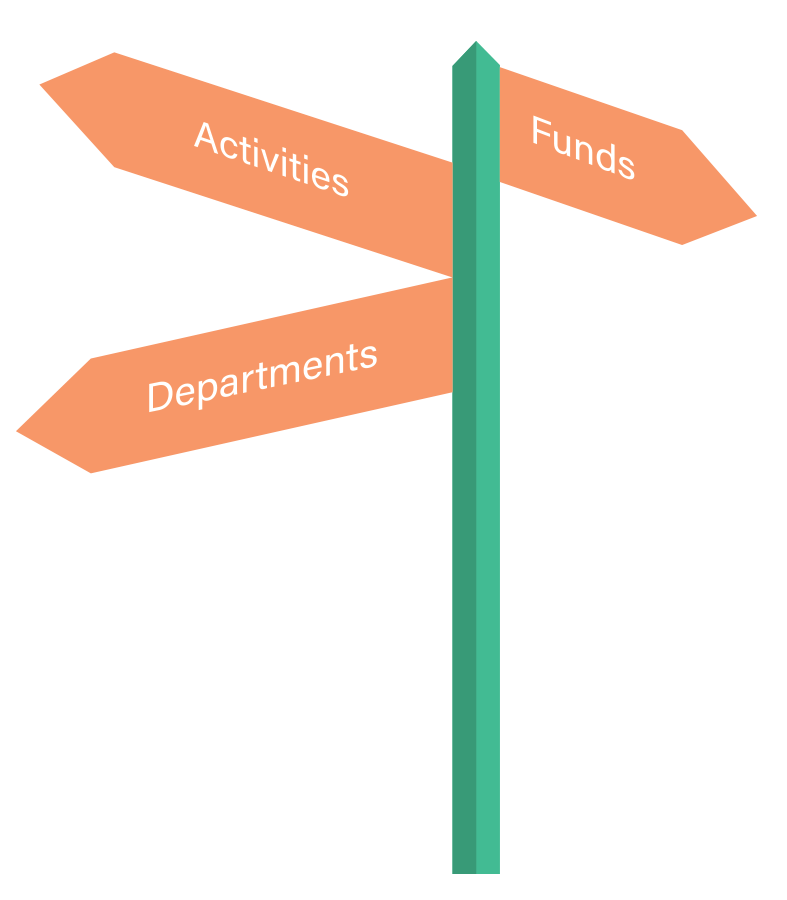
To gain a deeper understanding of how the Charity SORP impacts your financial reporting and compliance, download our comprehensive whitepaper today.
Problems with The Charity SORP

Difficult to Understand: The reports mandated by the SORP, especially the SoFA, are complex and not easily interpreted by non-financial professionals, including trustees.
Limited Management Information: While the SORP focuses on compliance, it overlooks the operational reporting charities need to manage day-to-day activities effectively.
Arbitrary Allocation of Costs: The allocation of governance and support costs can be misleading and arbitrary, with some charities opting for simplified splits that mask true financial performance.
Entry-Level Accounting Systems Fall Short: Many basic financial packages used by charities struggle to produce compliant SORP reports, requiring time-consuming manual adjustments.
Organisation-Specific Challenges: The lack of a model Chart of Accounts and ambiguous terminology make it hard for charities to implement a standardised approach to SORP compliance.
Explore the key challenges charities face when complying with the SORP and discover how to streamline your reporting—download the full whitepaper for valuable insights.
Fund Accounting
Core to Charity Financial Reporting: Fund accounting ensures that income and expenditure are recorded against specific funds—restricted, unrestricted, or endowment—reflecting donor intent.
Restricted vs. Unrestricted Funds: Charities must distinguish between funds that can be used freely (unrestricted) and those earmarked for specific purposes (restricted).
Types of Restricted Funds: Include donor-imposed restrictions, permanent endowments (where capital is preserved), and expendable endowments (where capital can be spent).
Multiple Funds for Complex Organisations: Larger charities may manage several individual funds within these broad categories, adding complexity to their reporting requirements.
Importance of Multi-Dimensional Accounting: A multi-dimensional system like Aedon.Charities helps track income and expenditure against multiple funds, ensuring accurate and transparent reporting.
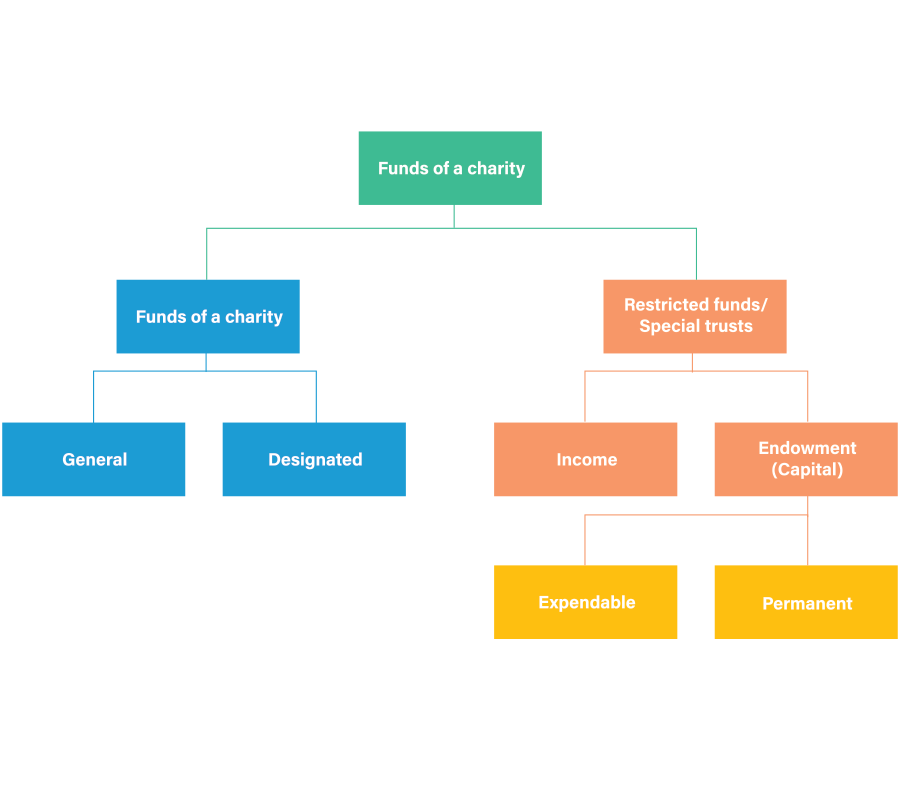
Learn more about the intricacies of fund accounting and how it affects your charity’s financial management—download the whitepaper to get expert guidance.
The Key Charity SORP Reports
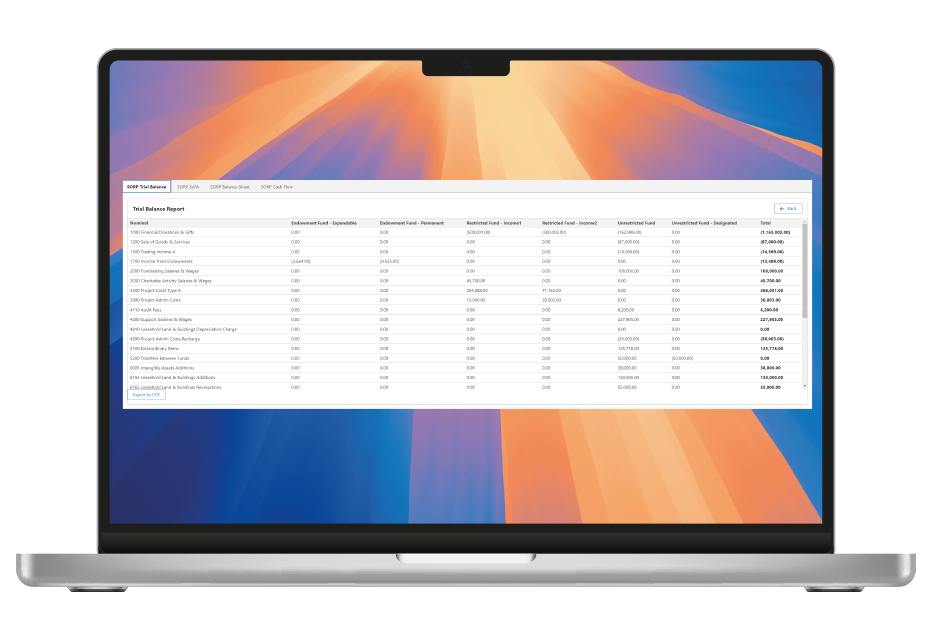
Statement of Financial Activities (SoFA): Provides a detailed analysis of income, expenditure, and how these relate to the charity’s funds, helping stakeholders understand financial performance.
Balance Sheet: A snapshot of the charity’s financial health at the end of the reporting period, showing assets, liabilities, and funds.
Cash Flow Statement: Tracks the movement of cash during the period, offering insights into liquidity and the charity’s ability to meet financial obligations.
Disclosure Notes: Supplement the primary financial statements with detailed explanations required for compliance and transparency.
Management Reports via Aedon.Charities: While the SORP focuses on compliance, Aedon.Charities allows organisations to generate additional management reports, such as budgets and departmental performance, not covered by the SORP.
For a detailed breakdown of the essential reports mandated by the SORP and how to prepare them with ease, download the whitepaper now.
The Impact of the SORP on the Chart of Accounts
Chart of Accounts Driven by SORP: The SORP naturally influences how a charity’s Chart of Accounts is structured, with specific nominal codes tied to SORP classifications.
Multi-Dimensional Flexibility: Aedon.Charities allows for flexible reporting through dimensions—funds, activities, and departments—making management information much more accessible.
Direct Mapping to SORP Classes: Aedon.Charities maps nominal codes directly onto SORP classes, streamlining the preparation of compliant financial reports.
Customisation for Individual Charities: Charities can tailor their Chart of Accounts to fit their unique needs, adjusting nominal codes and reporting classes for greater clarity and control.
Scalability for Larger Organisations: The multi-dimensional system prevents the bloating of the Chart of Accounts, which can become unmanageable in larger organisations that need detailed fund, activity, and departmental tracking.

Discover how the SORP shapes your Chart of Accounts and how you can optimise it for better financial control—download the whitepaper for practical strategies.
Useful Resources
Charity SORP Microsite
The official microsite for the Charity Statement of Recommended Practice (SORP) offers guidance on financial reporting for charities in the UK and Ireland.
Charity Commission Examples
The Rosanna Grant Trust & Arts Theatre Trust illustrate a grant -making charity and one limited by guarantee with a subsidiary.
HMRC Example Trustees’ Annual Reports and Accounts for Charities
Sample accounts albeit for the 2005 version of the SORP.
Guidance for the Independent Examination of Charity Accounts
Guidance notes and a useful checklist in both English and Welsh.
Accruals accounts pack (CC17) – SORP FRS 102
Accounting template (MS Excel) for completing a charity’s accruals accounts by charitable activity for accounting periods beginning on or after 1 January 2015.
Charity Commission for England and Wales
The official page of the Charity Commission for England and Wales offers guidance, services, and regulatory information for charities operating in the UK.
Charity Commission for Northern Ireland
The official website of the Charity Commission for Northern Ireland provides regulatory guidance, compliance information, and support for charities in Northern Ireland.
Fundraising Regulator
The official website of the Fundraising Regulator, the independent regulator for charitable fundraising in England, Wales, and Northern Ireland, guides best practices and compliance.
Scottish Charity Regulator (OSCR)
The official website of the Scottish Charity Regulator (OSCR) provides regulatory guidance, registration information, and support for charities in Scotland.
Scottish Fundraising Standards Panel
The official page of the Charity Commission for England and Wales offers guidance, services, and regulatory information for charities operating in the UK.
The Charity SORP – Your Questions Answered
Navigating the complexities of the Charity SORP can be challenging, but we’re here to help. Below, we’ve answered some of the most common questions charity leaders and finance professionals ask about SORP compliance and reporting.
The Charity Statement of Recommended Practice is mandatory for all charities – regardless of size. It is a 200-page A4 document of additional reporting requirements that are layered on top of FRS 102.
Unfortunately, and unintentionally, the SORP is ambiguous and poorly written. Complying with the SORP creates financial reports which are overly complex and fail to inform the normal reader.
But that does not matter, although you may not like the SORP as a charity treasurer or advising accountant, you must comply with it. Sorry.
However, help is at hand. We are publishing the “The Plain English Guide to Implementing the Charity SORP” at the end of the year with a RRP of £20.
Yes! There are some minor changes in the Trustee’s Report for “small” charities which are defined as those with a gross income of less than £500,000 for UK charities or €500,000 for Irish.
The aim of the Financial Reporting Council is “to promote transparency and integrity in business”. With regards to charities the aim is to help readers understand three things in particular:
- What are the objectives of the charity?
- What activities does it undertake to achieve those objectives?
- How are those activities funded?
Unfortunately, it only partially meets those objectives. The list of requirements for the Trustee’s Report ensures a comprehensive narrative that explains the first objective of what the charity is trying to achieve and allows for a good description of the activities.
The financial statements are overly complex and unhelpful. The Statement Financial Affairs is the most important report in the SORP and is equivalent to a Profit & Loss Account with a summary balance sheet added at the end. Even experienced readers of accounts find it difficult to judge whether the charity is succeeding or failing.
The SORP was created by some very clever and very experienced accountants, who were probably too clever and too experienced to recognise that what they had produced was far too complicated for charities many of whom rely on unqualified volunteers to fulfil their financial roles.
Even for experienced accountants the SORP is very daunting and made even more so by the ambiguities and problems in its construction.
The SORP is extremely difficult to implement properly unless you have a multi-dimensional accounting system like Aedon.Accounting.
Most charities use starter packages which have a business-oriented chart of accounts that might allow for different departments or cost centres, but certainly don’ support the three-dimensional need to record the nominal code, fund and activity on all purchases. These simpler packages are simply not sophisticated enough to make compliance with the SORP easy.
However, help is at hand. We are publishing the “The Plain English Guide to Implementing the Charity SORP” at the end of the year with a RRP of £20.
The SORP is extremely difficult to implement properly unless you have a multi-dimensional accounting system like Aedon.Accounting.
Most charities use starter packages which have a business-oriented chart of accounts that might allow for different departments or cost centres, but certainly don’ support the three-dimensional need to record the nominal code, fund and activity on all purchases. These simpler packages are simply not sophisticated enough to make compliance with the SORP easy.
However, help is at hand. We are publishing the “The Plain English Guide to Implementing the Charity SORP” at the end of the year with a RRP of £20.
Three-dimensional accounting simplifies the implementation of the Charity SORP.
On every type of income (sales invoice) you record not only the classification of the income using the nominal or general ledger code for that income type, but also the fund that it goes into.
Then, for every purchase invoice you record not only they classification of the expenditure using the nominal code, but you record the activity it was spent on and the fund that is being used to pay for it.
In system terms you record the classification of the income or expenditure using the nominal codes, and then use the Fund analysis code to manage the balance in the fund and the Activity Analysis code to identify which activity is being supported.
Recording this extended information, which is necessary to comply with the Charity SORP, is simple with Aedon.Charities.
The Statement of Financial Activities is the charitable equivalent of a Profit & Loss report for ordinary businesses, which is extended by including balance sheet information for the movement in the funds.
It uses standard classifications of income and expense which are intended to assist with the comparison of different charities.
However, these classifications are then divided according to the different funds which they were paid out of making the whole report far too complex to read easily.
If the SOFA were an Olympic dive, it would have a degree of difficulty of 4.9 out of 5!
Charities are not businesses and therefore create surpluses or deficits in their income and expenditure. These are accumulated year on year as fund, which are also described as reserves.
Under the Charity SORP the surpluses and deficits are recorded against each fund and then accumulated in the same way in the accumulated funds or reserves.
There are essentially two classes of fund: Unrestricted and Restricted.
Unrestricted funds can be applied for any of the charity’s activities. When they are set aside for a specific purpose, they are called Designated. The undesignated funds are called General.
Restricted Funds can be either Income Funds or Endowment Funds. Income funds can be spent in full on the activities defined by the donor. Endowment funds hold capital that can provide an income to be used for the charitable activities.
The Endowment funds are further divided into Permanent Endowments which are held indefinitely or Expendable Endowments in which the capital can be spent at the discretion of the trustees.
The SORP uses this diagram to explain the different types of funds.
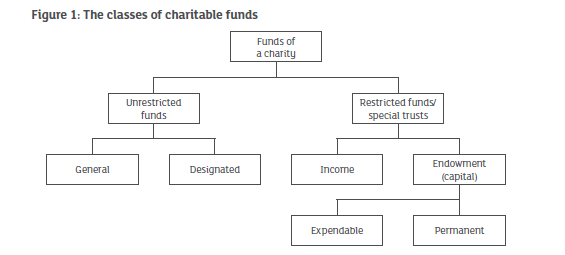
The Charity’s activities are the means of achieving its charitable objectives. They are defined in the Trustee’s statement.
Unfortunately, although the initial definition is clear, the SORP then proceeds to use the term activity to also define the different classifications of income expenditure in a a very confusing manner.
It would have been much easier if they had used a different term such as “Classification”. This is how we define the different dimension axes that are necessary to comply with the SORP in what we refer to as 3-Dimensional Accounting.
We are publishing the “The Plain English Guide to Implementing the Charity SORP” at the end of the year with a RRP of £20.
There are 21 Tables in the SORP and 2 figures. That is the bad news. The good news is that most don’t apply to most charities. The important ones are highlighted below.
| Table | Title | SORP Page |
|---|---|---|
| 1 | Outline summary of fund movements | 28 |
| 2 | Statement of financial activities | 38 |
| 3 | Analysis of expenditure on charitable activities | 48 |
| 4 | Analysis of support costs | 75 |
| 5 | Balance sheet | 83 |
| 6 | Analysis of opening and closing carrying amounts | 89 |
| 7 | Common basic financial instruments | 99 |
| 8 | Statement of cash flows | 115 |
| 9 | Reconciliation of net income/(expenditure) to net cash flow from operating activities | 116 |
| 10 | Analysis of cash and cash equivalents | 116 |
| 10a | Analysis of changes in net debt | 117 |
| 11 | Minimum requirements for a summary income and expenditure account | 120 |
| 12 | Analysis of grants | 124 |
| 13 | Analysis of charitable activities | 125 |
| 14 | Analysis of heritage assets | 135 |
| 15 | Summary analysis of heritage asset transactions | 137 |
| 16 | Example of the disclosure of a toral return approach to investment of permanent endowment | 143 |
| 17 | Analysis of fund movements for a pooling scheme | 153 |
| 18 | Analysis of principal SoFA components for the current reporting period | 173 |
| 19 | Analysis of principal SoFA components for the previous reporting period | 173 |
| 20 | Analysis of net assets at the date of merger | 173 |
| Figure | ||
|---|---|---|
| 1 | The classes of charitable funds | 22 |
| 2 | Guide to accounting for charity combinations | 156 |
There are 29 modules in the SORP. And they are in a somewhat random order! That is the bad news.
The good news is that for most charities there are 6 which are particularly important and these are highlighted below. The others you may need to refer to according to your specific circumstances.
| Module | Title | SORP Page |
|---|---|---|
| Core Modules | ||
| 1 | Trustees’ annual report | 12 |
| 2 | Fund accounting | 22 |
| 3 | Accounting standards, policies, concepts and principles, including the adjustment of estimates and errors |
29 |
| 4 | Statement of financial activities | 37 |
| 5 | Recognition of income, including legacies, grants and financial income | 50 |
| 6 | Donated good, facilities and services, including volunteers | 60 |
| 7 | Recognition of expenditure | 65 |
| 8 | Allocating costs by activity in the statement of financial activities | 72 |
| 9 | Disclosure of trustee and staff remuneration, related party and other transactions | 76 |
| 10 | Balance sheet | 82 |
| 11 | Impairment of assets | 98 |
| 12 | Analysis of grants | 105 |
| 13 | Events after the end of the reporting period | 109 |
| 14 | Statement of cash flows | 111 |
| Selection 1: Special Transactions relating to charity operations | ||
| 15 | Charities established under company law | 118 |
| 16 | Presentation and disclosure of grant-making activities | 122 |
| 17 | Retirement and post-employment benefits | 127 |
| Selection 2: Accounting for special types of assets held | ||
| 18 | Accounting for heritage assets | 131 |
| 19 | Accounting for funds received as agent or as custodian trustee | 138 |
| Selection 3: Accounting for investments | ||
| 20 | Total return (investments) | 141 |
| 21 | Accounting for social investments | 145 |
| 22 | Accounting for charities pooling funds for investment | 152 |
| Selection 4: Accounting for branches, charity groups and combinations | ||
| 23 | Overview of charity combinations | 155 |
| 24 | Accounting for groups and the preparation of consolidated accounts | 157 |
| 25 | Branches, linked or connected charities and joint arrangements | 164 |
| 26 | Charities as subsidiaries | 169 |
| 27 | Charity mergers | 170 |
| 28 | Accounting for associates | 174 |
| 29 | Accounting for joint ventures | 177 |
| Appendices | ||
| 1 | Glossary of Terms | 181 |
| 2 | The Charity Accounting (SORP) Committee | 194 |
| 3 | Thresholds for the UK and the Republic of Ireland | 195 |
| 4 | Basis for conclusions | 197 |
“Aedon is a reliable and powerful accounting solution for any business, thanks to its seamless integration with Salesforce, user-friendly interface, robust reporting features, and top-notch security measures.”
Daniel Ruthenberg, Account Director at Manras Technologies
Why Charities Need Aedon.Accounting
Why Charities Need Aedon.Accounting
Full Power of the Salesforce Platform
Aedon.Accounting is hosted on Salesforce allowing you to either connect your existing CRM directly with your accounting or upgrade to a true Cloud Finance Solution.
Full Compliance with the Charity SORP
We can’t correct the SORP, but we make it easier to comply with and reducing costs by giving accountants what they need.
Easily Manage Multiple Stakeholders
Every charity finance director has multiple parties asking for information in different ways, Aedon.Charities eliminates this by design with using Analysis Objects and unique Bottom-Up Reports.
Increased Security & Reduced Risk of Theft
Bank transactions are fed five times per day to an automated bank reconciliation, including matching rules and payment of open invoices.
Intelligent Bank Reconciliation
Aedon.Accounting has a powerful automated bank feed with intelligent and customisable matching rules to save you time and money.
Direct Debit & Payment Integration
Automated handling of direct debit payments and collections including failures.
Automated Processes & Approvals
Thanks to Salesforce’s powerful automation suite, we can empower your finance team by automating the mundane, daily, weekly, monthly tasks.
Native Reports & Dashboards
Reporting is Salesforce’s bread and butter, no more exporting your reports to Excel! View and create any report, chart, or graph within Aedon.Accounting.
Bottom-Up Reporting
This unique feature allows you to have a complete insight of your business at your fingertips, it allows precise reporting on Job Numbers, Products or any Analysis Code you want.
What others are saying
Customer reviews
Aedon.Accounting combines CRM and finance to drive down costs and increase revenues PLUS all the customisation that Salesforce enables. Learn more on our Salesforce AppExchange page.
These are all genuine customer experiences shared by users of Aedon.Accounting on our Salesforce AppExchange page. Click below to learn more.
Accounting Solution native to Salesforce
The team have worked tirelessly to understand what customers really need from a finance/accounting solution that works seamlessly on the Salesforce Platform. Aedon is built on Salesforce and so leverages all the awesome core functionality offered by the worlds #1CRM platform. Paul and his team really know “Accounting”, know Salesforce and speak your language.

Geoff Young
They get Cloud Finance
Aedon have always been knowledgeable, open and straightforward to deal with, and they really get the Salesforce eco-system and it’s transformative potential. Their approach to combining CRM and finance capabilities in a single system is revolutionary – one of our most valuable partnerships!

Jyoti Hull-Jurkovic, CEO at Zentso
World Class Accounting solution seamlessly integrated with Salesforce
Aedon is a reliable and powerful accounting solution for any business, thanks to its seamless integration with Salesforce, user-friendly interface, robust reporting features, and top-notch security measures.

Daniel Ruthenberg, Account Director at Manras Technologies
Aedon.Accounting: Excellent Financial Management on Salesforce
The end-to-end automation of Revenue Operations sets Aedon.Accounting apart, making it an invaluable asset for businesses seeking a robust financial management solution within the Salesforce ecosystem. Highly recommended for those aiming to maximize efficiency and profitability.

Vladyslav Petrovych, CTO at Noltic
Complete Native Accounting Solution
Having a complete accounting solution on the platform really opens up possibilities for deep integration with other parts of your Salesforce application. Automating the financial aspects of Salesforce processes can really reduce manual input and correction.

Steve O’Connell, Founder at Kampango
Proud Aedon Implementation Partners!
Aedon stands out as the go-to choice for those seeking a streamlined and efficient Finance/Accounting solution on Salesforce – we are very proud implementation partners.

Tim Chisnall, Director at Cognition24
We really like the Aedon Accounting package
It is what it claims: Fast, Right, Cheap & Easy, which is refreshing given the complexity of some of the alternatives. A great product choice!

Ayesha Barton
Excellent Experience, and a great product.
A great accounting product here for Salesforce with lots of integration options. The Aedon team have really gone the extra mile with some excellent features to make your life easier. They truly understand their product and how its going to be used by the customer.

Chris Bell, CTO at Smarterpay
Designing a Multi-Dimensional Chart of Accounts for the Charity SORP
Download the whitepaper today

Download Now. Instant Access
Learn how Aedon.Charities, a powerful financial software designed specifically for the charity sector, simplifies the complexities of SORP compliance.


